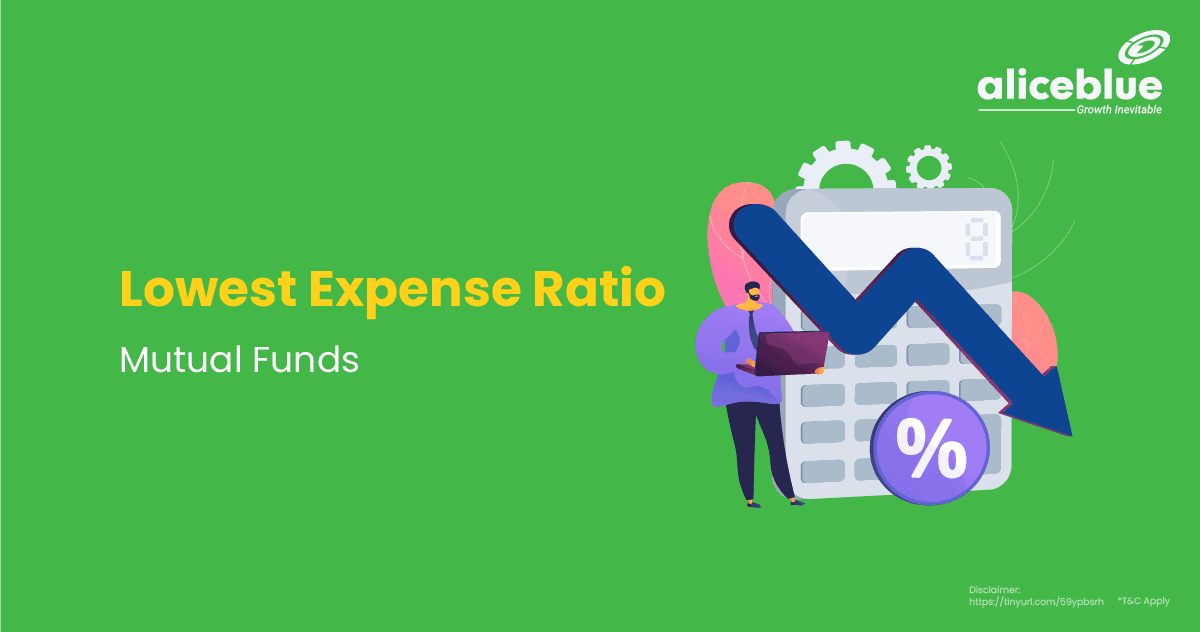Contra funds invest in stocks that are not performing well for the past few years. For example, the IT sector may not be performing well in the past 2 years. But there can be a turnaround in the performance of the IT sector. Investors who have a high-risk tolerance, a long-term investment horizon of 5 years or more, and patience are well-suited for investing in Contra Mutual Funds.
This article covers:
- What are Contra Funds – Contra Fund Meaning
- Why invest in contra funds?
- Contra Fund vs Value Fund
- Contra Fund Taxation
- Top Contra Funds
- How to start investing in Contra Fund?
- What is Contra Fund- Quick Summary
- What is Contra Fund- FAQ
What are Contra Funds – Contra Fund Meaning
Contra Mutual Funds are a type of mutual fund that invests in stocks with a contrarian outlook. The fund manager takes a contrarian view of the stock, believing that any overvalued or undervalued asset will eventually normalize over the long term. Contra Fund typically has a higher risk than other types of mutual funds. However, the high potential rewards from these investments can make the risk worth taking for some investors.
When you invest in a mutual fund, you are essentially buying units of the fund. Before investing in the mutual fund make sure to check the expense ratio, exit load, or any other charges. The mutual fund company will charge expense charges for its services (this fee is typically around 1 to 2% of your investment). This means that if you invest Rs 10,000 into a mutual fund whose expense ratio is 1%, the company will charge you Rs 100 as an expense fee.
Why invest in contra funds?
Here are a few reasons to invest in contra funds:
- Investing in contra funds can help you to hedge against a bear market, helping to minimize losses during times of market turmoil.
- Contra funds invest in overlooked companies or companies that are not performing well, which are usually ignored by most investors. These stocks have the potential to earn strong returns over the long run and they tend to outperform the market if their issues are resolved.
- These stocks are already priced lower than their peers with similar businesses, which means they have a lower risk of losing value if the market or specific sector falls.
- During bear markets, contra funds can serve as a useful diversification tool.
- Contra funds have the potential to beat the benchmark index during a bull run.
Contra Fund vs Value Fund
The main difference between Contra Funds and Value Funds is that contra funds take an opposite approach than other funds as they invest in stocks that are not performing well from the last few years, with an expectation of earning high returns. While value funds invest in companies that have low intrinsic value or undervalued. These companies are financially strong and hence, they tend to give high returns when the markets are booming.
- Both Contra Funds and Value Funds belong to the equity mutual funds category.
- Contra Funds invest in underperforming stocks while Value Funds invest in undervalued stocks.
- Both Contra Funds and Value Funds are long-term investments that require patience and a long-term commitment of 5+ years.
- Both Contra Funds and Value Funds are considered high-risk investments.
- The average 3-year returns of Contra Funds are between 4-11%, while the average 5-year returns are between 11-15%. On the other hand, the average 3-year returns of Value Funds are between 2-9%, and the average 5-year returns are between 6-14%.
Contra Fund Taxation
The taxation on contra funds is determined by the classification of the fund as equity or non-equity under the Income Tax act. If a contra fund has more than 65% holdings in equity, it will be considered an equity fund for tax purposes.
The contra funds tax implications for investors in contra funds are as follows:
- Short-term capital gains (gains realized within 1 year of investment) will be taxed at a rate of 15%, including any applicable cess and surcharge.
- Long-term capital gains (gains realized after 1 year of investment) will have the first Rs. 1 lakh exempt from taxation, and any gains above that amount will be taxed at a flat rate of 10% without the benefit of indexation.
Top Contra Funds
| Contra Fund | 5 year CAGR | AUM | Sharpe ratio | Expense ratio |
| SBI Contra Fund (Growth) | 13.5% | 7635.087 | 0.44 | 1.92 |
| Invesco India Contra Fund (Growth) | 11.1% | 9633.950 | 0.338 | 1.75 |
| Kotak India EQ Contra Fund (Growth) | 11.8% | 1451.970 | 0.43 | 2.24 |
How to start investing in Contra Fund?
- The first thing you need to do is open a Demat account with Alice Blue.
- Once you open an account, hover on the “Products” option and click on “Mutual Funds”.
- Log in to your account and search the list of contra funds available.
- Check the various charges associated with contra funds, such as expense ratio, exit load, or any other charges. Make sure that they do not have a high expense ratio, as it can reduce your profit.
- Compare various contra funds by checking their past returns, fund manager’s experience, and expense ratios to make informed decisions.
- Check the minimum investment amount in both SIP and lump sum.
- After you decide on the mutual fund you are willing to invest in. Add money to your Demat account to invest.
- If you are making a lump sum investment then you will have to have to invest a large sum of money at once. On the contrary, if you are investing through SIP, the chosen SIP amount will be deducted from your bank account at regular intervals.
Do you want to expand your knowledge about mutual funds? We’ve got a list of must-read blogs that will help you do just that. Just click on the articles to find out more.
What is Contra Fund- Quick Summary
- Contra funds invest in stocks that are currently out of favor in the market but have the potential to deliver higher returns in the long term.
- Investing in the contra fund can give you stellar returns in the long run. However, you should keep in mind that the contra funds are directly linked to the stock market, which makes them risky investments.
- Value funds invest in companies that are trading at a price lower than their intrinsic value or fair value. On the other hand, Contra funds take a contrarian approach and invest in companies that are currently out of favor with the market or are facing some kind of trouble. The goal is to buy low and sell high when the market perception changes.
- Make sure to do enough research and consider your risk tolerance and investment objective before investing. If you are interested in Contra Fund, be sure to speak with your financial advisor about how the fund might fit into your overall investment strategy.
What is Contra Fund- Frequently Asked Questions
1. Is it good to invest in contra fund?
Investing in a contra fund can provide you the opportunity to earn lucrative returns in the long run. When the market is moving upwards, contra funds tend to give higher returns than the benchmark index. Since these funds invest in undervalued stocks, there is the hope of earning higher returns in the long-term.
2. Why is it called contra fund?
Contra fund is named so because it follows a contrarian investment strategy, meaning it goes against the market trend and invests in undervalued or overlooked securities. The term “contra” is derived from the Latin word “contra” meaning against. The aim of a contra fund is to generate higher returns than the market index by taking unconventional investment decisions.
3. Who runs Contra fund?
Contra funds are managed by professionals called fund managers who aim to provide great returns to investors.
Take your understanding of mutual funds to the next level! Explore our curated collection of engaging blogs that empower your investment decisions. Click now to embark on this enriching journey!







